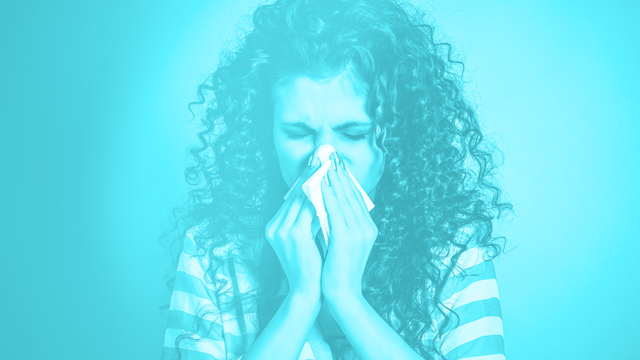Ah, the sounds of spring! Unfortunately, I am not talking about birds chirping, bees buzzing, or neighborhood brooks babbling. I mean the sneezing, snorting, sniffing, and coughing many Virginians suffer from during the spring season.
According to the American College of Allergy, Asthma, and Immunology, about 50 million Americans suffer from seasonal allergies. In 2014, the Asthma and Allergy Foundation of America reported that Richmond was in the top ten of cities that are the most challenging for allergy-suffers. Those of you who have seasonal allergies know what that means for you on a daily basis. You do not need me to review how miserable it can be. But what you may not know is how the same pollens that cause one person to sneeze may cause another to wheeze.
According to the Centers for Disease Control, one in twelve Americans has asthma, and children make up a large portion of that group. Asthma is a disease where a person’s lungs are inflamed, and people with asthma often require medications such as albuterol as a preventative to allow them to breathe without wheezing or coughing. Sometimes asthma is intermittent, meaning it does not happen all the time. Triggers for asthma can include smoking, cold weather, exercise, and allergies. The relationship between allergies and asthma has been well established by various studies. One of the more impressive of these studies had asthmatic adults move to a low-allergen residence for several months. After the move, a significant improvement in control of the asthma was recorded.
But why do asthma and allergies go hand in hand? Well, our bodies are built to recognize foreign molecules and attack them. This is how we are protected from being sick all the time. Our bodies recognize viruses and bacteria constantly and instantaneously. Some people’s immune systems get a little overzealous and identify harmless things – such as pollen – as invaders. In response, the immune system revs up for attack. While the body is attacking these invaders, you may feel symptoms like itchy nose, itchy throat, and congestion, for example. For asthmatics who have allergic triggers, the immune system also revs up in the lungs and then they become inflamed and irritated, which can lead to wheezing, coughing, or worse – an asthma attack. Unfortunately, we do not fully understand why some people’s bodies see certain harmless agents as attackers.
Though spring can be one of the worst times of the year for many people, it is important to note that year round, indoor allergies also have a significant impact on the daily control of asthma symptoms. From research, it is known that dust mites, cockroaches, and yes, our beloved pets can have a huge impact on daily asthma control.
Control of asthma relies on several categories of medications and lifestyle changes. For most of us, relocating to a low-allergen environment (as in the study noted here) isn’t easily accomplished. However, one of the best ways to treat asthma effectively is to reduce a person’s exposure to their triggers. For those who smoke, quitting is crucial. To reduce dust mites, keep your bedroom free of things that collect dust, like fluffy blankets, stuffed animals, carpet, and curtains. If mold is a trigger, repair any water damage or leaks in your home, consider foregoing houseplants that require moist soil, and if you work in the yard, try wearing a mask.
It is important to attempt to reduce allergens in your environment. If you cannot, you may be a candidate for allergy immunotherapy (or allergy shots). A discussion with your allergist or general practitioner will help identify what triggers may be impacting your breathing challenges and will help you come up with a plan to control it.
If you have suffered in previous years or are worried about encountering allergic triggers, just remember that identifying and treating the allergies can help both nasal and lung symptoms for those who are affected. And know that you are not alone!






